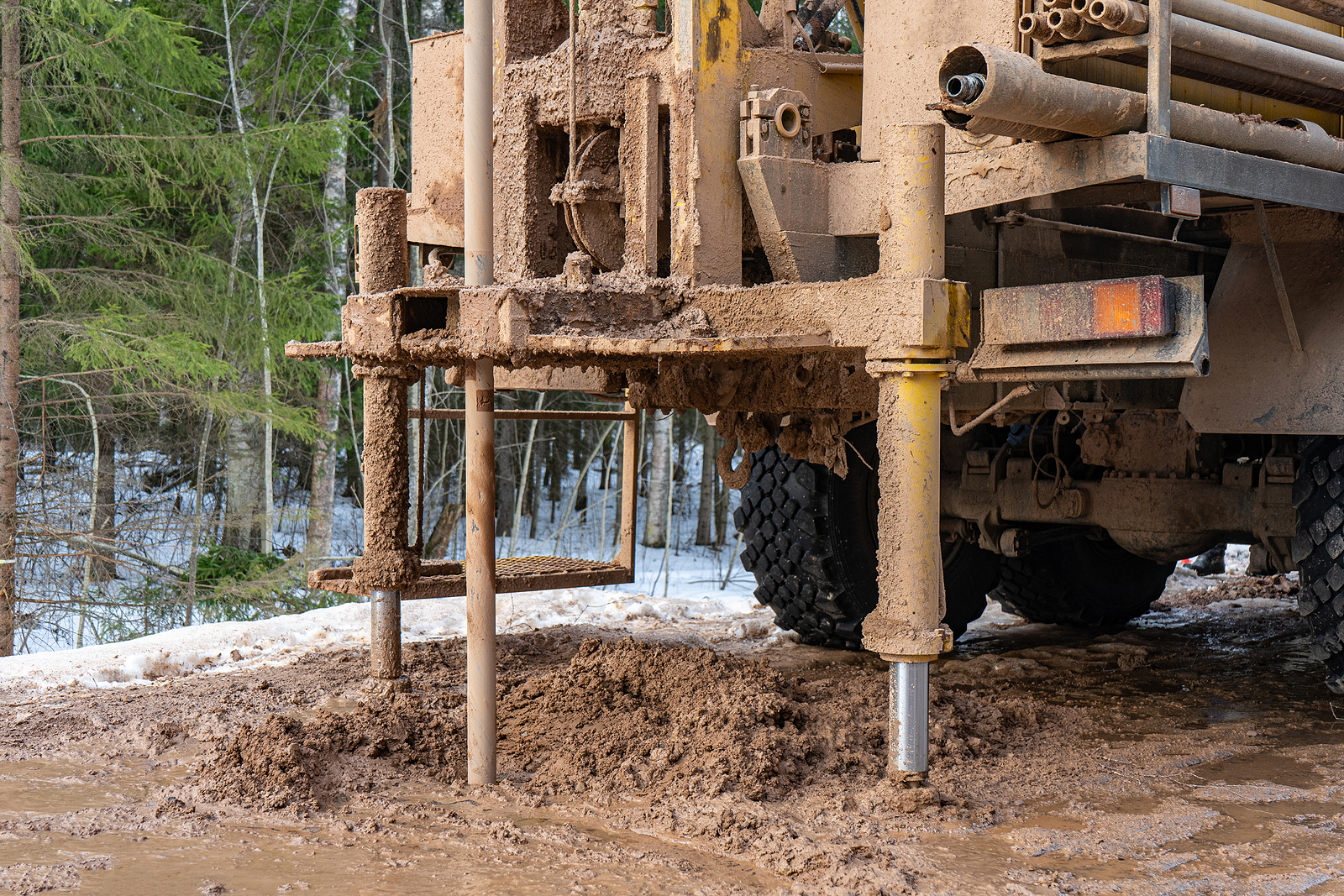Key Takeaways:
- Understand the basics and importance of residential water wells.
- Explore the decision-making process for well drilling.
- Learn about the environmental and cost-saving benefits.
Table of Contents:
- Introduction to Residential Water Wells
- Benefits of Having Your Well
- Factors to Consider Before Drilling
- Types of Residential Water Wells
- Understanding the Drilling Process
- Maintenance Tips for a Healthy Well
- Dealing with Common Well Problems
- Conclusion: Is a Residential Well Right for You?
Introduction to Residential Water Wells
In today’s rapidly evolving world, where sustainability often takes center stage, having a residential water well is becoming increasingly appealing. These wells allow homeowners to tap directly into natural underground water reserves, providing a reliable and potentially unlimited water source. Historically, wells have stood the test of time as a primary water access method and remain relevant. Technological advancement has only enhanced their appeal, especially for those considering water well drilling Western PA, where modern solutions make the process more efficient.
Beyond their practical function, residential water wells offer a variety of advantages. They represent a step toward self-sufficiency, decreasing reliance on public water systems that can sometimes be unreliable or expensive. With an increased focus on sustainable living practices, the allure of owning a private water source is stronger than ever, and more homeowners are revisiting this age-old method to meet their contemporary needs.
Benefits of Having Your Well
Beyond the apparent benefit of having a consistent water supply, there are several other advantages to owning a residential water well. During periods of drought or when municipal water restrictions are in effect, wells ensure uninterrupted access to water, a crucial asset for any household. Moreover, the savings on water utility bills can be significant over time, making it financially sensible.
Environmental benefits also abound. Water wells lessen the burden on public water systems, thereby conserving community resources. By tapping directly into underground water, wells can promote the conservation of surface water sources, which are often more susceptible to evaporation and runoff. If managed responsibly, this method of water procurement supports the sustainable use of natural resources, making it an environmentally friendly choice.
Factors to Consider Before Drilling
Several factors must be considered before deciding to install a well to ensure that everything goes smoothly. First, consider the initial costs, which can vary widely based on factors such as location, soil type, and the depth of the water table. Investing in this infrastructure can be substantial, so weighing these costs against the long-term savings and benefits is essential.
Another critical step is understanding the local regulations and necessary permits. Conducting in-depth research and comprehending these is crucial because breaking them might result in penalties and legal issues. Additionally, performing a geological assessment is vital. This assessment will provide insights into the feasibility of drilling a well on your property. It can help you make well-informed choices regarding the well’s location and type.
Types of Residential Water Wells
Residential water wells come in various types, each with distinct benefits and challenges. Dug wells are the oldest method, often shallow and constructed by hand, making them susceptible to contamination. Driven wells, made by driving pipes into the ground, are more suited for areas with sandy soils and shallow water tables.
Drilled wells, the most common choice today, utilize rotary drilling machines that can reach several hundred feet deep. These wells are more costly initially but offer reliability by accessing deeper and often cleaner water sources. Selecting the appropriate well type requires carefully examining both budget and environmental conditions.
Understanding the Drilling Process
The drilling process is comprehensive, beginning with site assessment and concluding with rigorous water testing. Understanding each step can demystify the process for many homeowners. First, thorough planning and site assessments determine the feasibility and best practices for the drilling process. Engaging professional drillers ensures that the well is installed correctly and complies with legal requirements.
Once drilling commences, consistent oversight is necessary. This facilitates adherence to safety standards, enhancing the well’s longevity and reliability. Post-installation, it’s crucial to test the water quality to ensure safety for household use, following guidelines from authorities like the EPA’s geological safety standards. Regular testing helps prevent issues down the road and maintains the well’s integrity.
Maintenance Tips for a Healthy Well
Maintenance is pivotal for sustaining a water well’s viability and reliability. Regular inspections should be part of routine upkeep, ideally conducted annually or every two years by a professional. During these checks, look for mechanical issues, such as wear and tear on the pump and potential contaminants in the water.
Homeowners can also play an active role by inspecting the area around the well. Keeping it clean and ensuring no contaminants near the wellhead will help maintain water quality. Simple tasks like ensuring proper sealing and capping, alongside regular testing, can mitigate risks associated with contamination and system failures.
Dealing with Common Well Problems
Inevitably, well owners may face common issues such as dry spells, pump failures, or water contamination. Each of these problems demands prompt attention to prevent more significant challenges. Chemical spills and agricultural runoff are only two examples of the many potential sources of contamination. Early detection through regular testing is crucial for timely remediation.
Homeowners must be vigilant for signs of such problems, like changes in water pressure, cloudy water, or unusual tastes and odors. Consulting professionals can address these promptly and ensure the water supply remains pure and dependable.
Conclusion: Is a Residential Well Right for You?
Residential water wells offer cost savings, increased independence, and environmental stewardship but require investment and ongoing maintenance. Evaluating property potential and local environmental conditions is crucial. Consulting with professionals can provide valuable insight, smoothing the transition to healthy ownership. For those committed to sustainable living, residential water wells align domestic habits with broader ecological goals.

